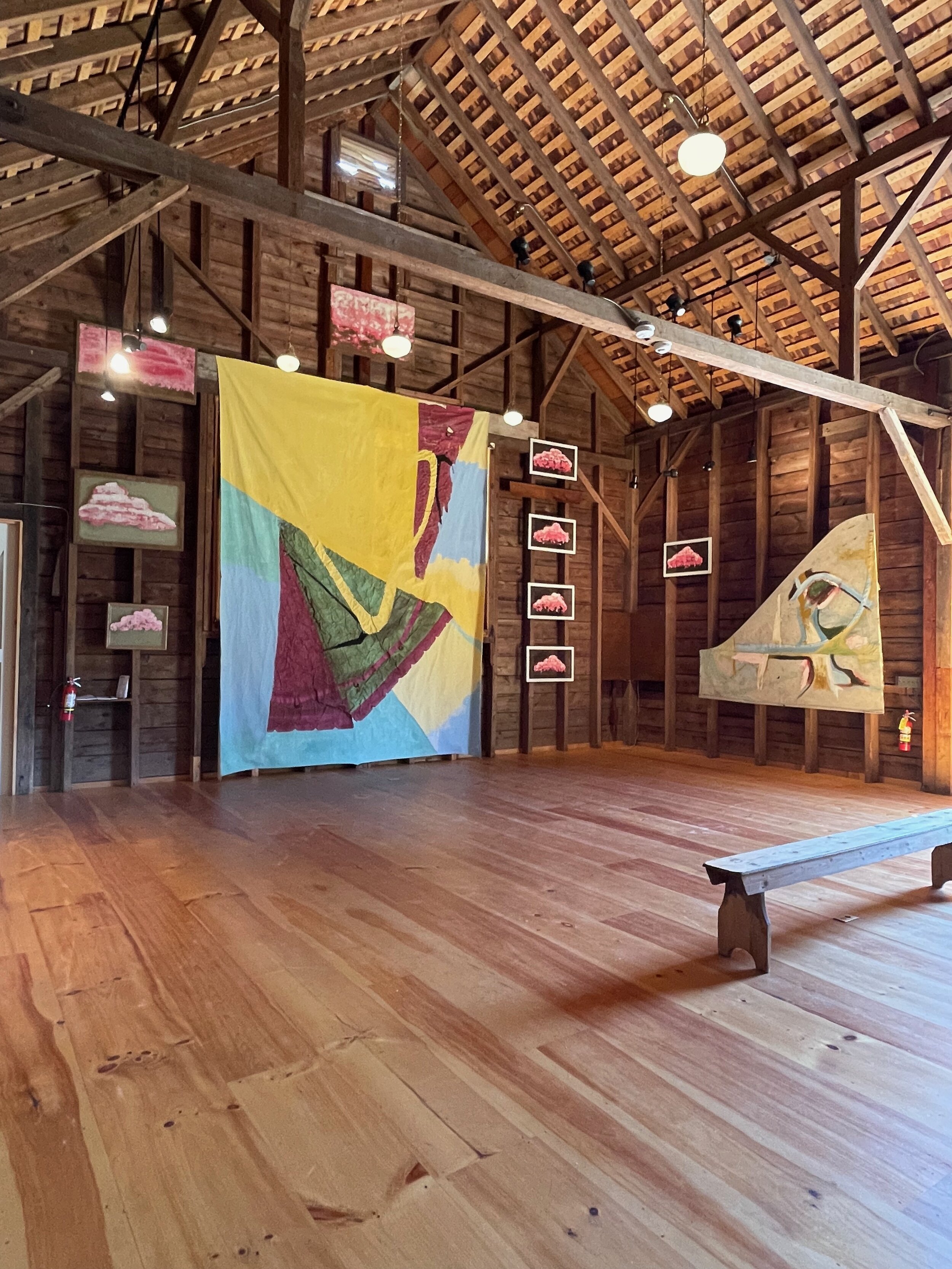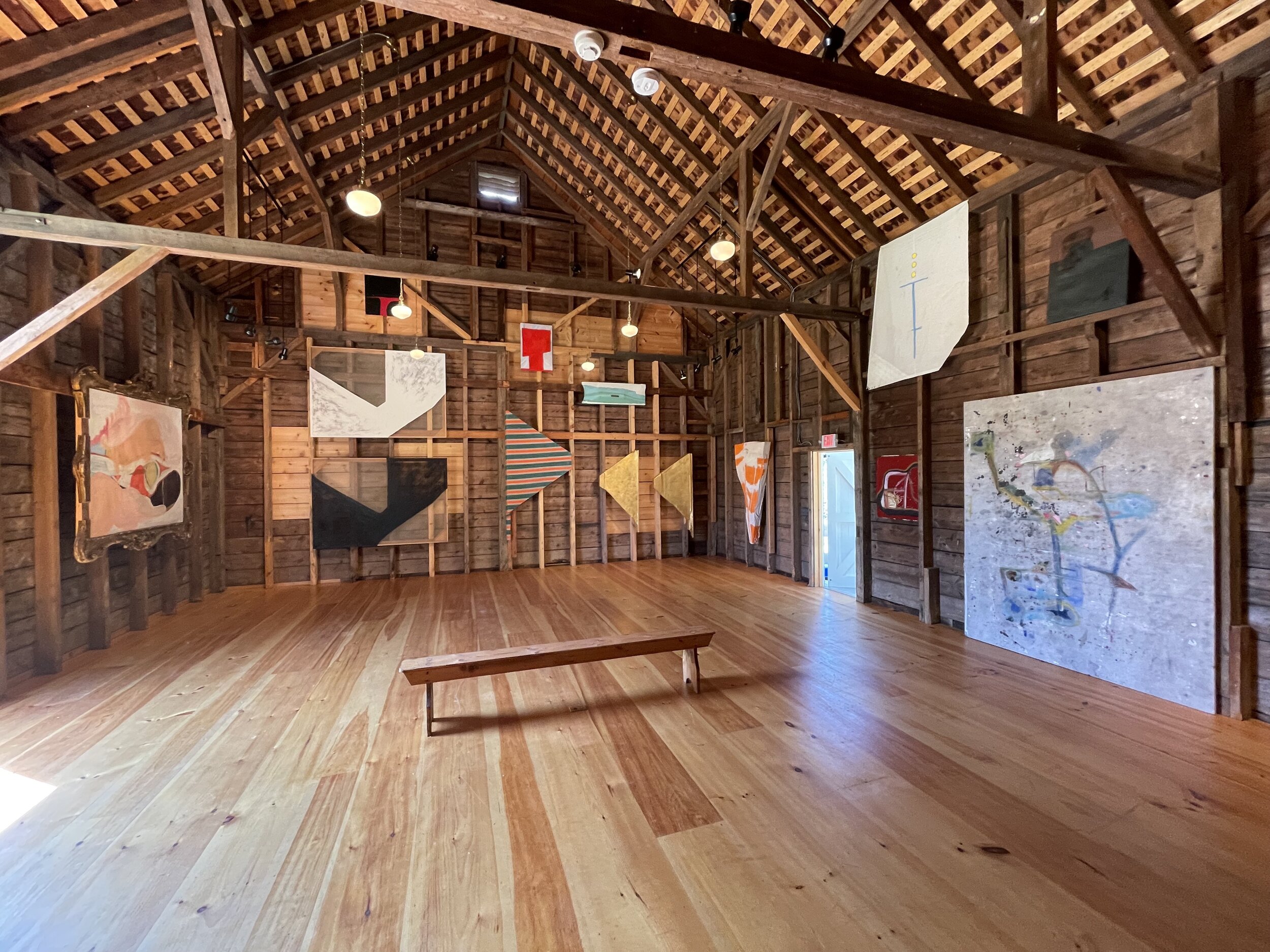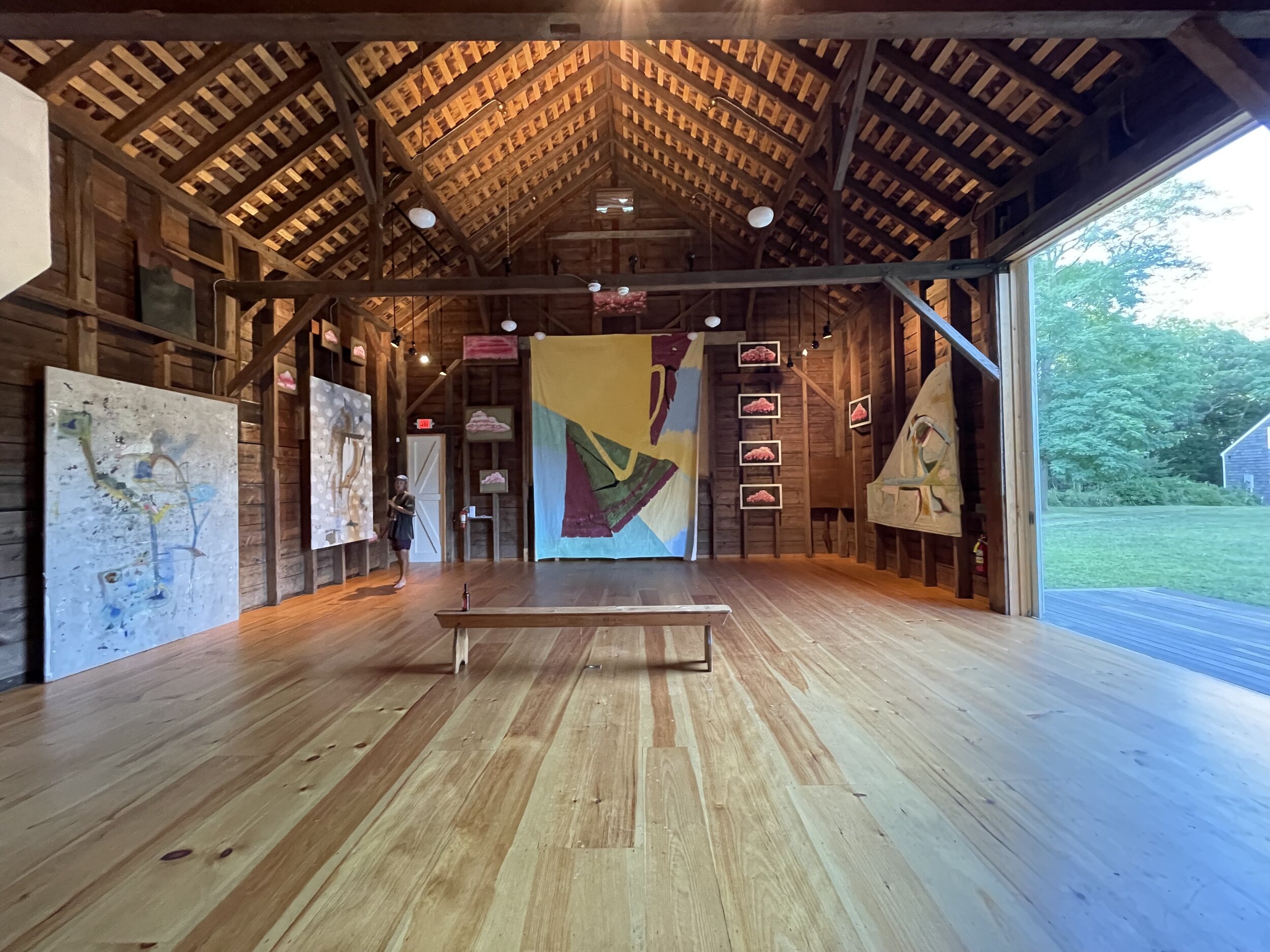CHARLES MANION:
Cerulean Blue and the Devil, July 24 - August 15, 2021
St. Chuck the Apostate
Going against the grain might just be the natural stride and timing of that, of what is unique. Who knows what forms us and where the forms we make derive and in what form, they will appear?
Touch is like voice, some have it. It is inexplicable. It is a gift. In Chuck Manion’s work idiosyncrasy is poetry, painted objects, touched with divinity and purity, as if such a thing could exist.
My friend Hal Willner, the great music producer, once remarked “You can tell a musician, when they touch an instrument”. There is no replacement for touch, as there is no replacement for voice or talent. Uniqueness is a rare bird. How to use the same element and materials as others, and what about them sings of uniqueness? Is it personality, depth of character, exhaustion all applied to that inanimate object, which is in fact a living thing?
- Julian Schnabel
CLICK HERE FOR A CHARLES MANION EXHIBITION CHECKLIST
CHARLES MANION: Cerulean Blue and the Devil , July 24 - August 15, 2021
WAYNE MAGRIN: His Brother from Another Mother, August 21 - September 12, 2021
A Two-Part Exhibition Organized in Collaboration with Julian Schnabel
Moby Dick opens: ''Call me Ishmael. Some years ago - never mind how long precisely - having little or no money in my purse, and nothing particular to interest me on shore, I thought I would sail about a little and see the watery part of the world. It is a way I have of driving off the spleen, and regulating circulation. Whenever I find myself growing grim about the mouth; whenever it is a damp, drizzly November in my soul; whenever I find myself involuntarily pausing before coffin warehouses, and bringing up the rear of every funeral I meet; and especially whenever my hypos get such an upper hand of me, that it requires a strong moral principle to prevent me from deliberately stepping into the street, and methodologically knocking people's hats off - then, I account it high time to get to sea as soon as I can. This is my substitute for pistol and ball... I quietly take to the ship. There is nothing surprising in this. If they but knew it, almost all men in their degree, some time or other, cherish very nearly the same feelings towards the ocean with me.'' - Herman Melville
“Though oceans separate these two painters, the sense of longing comfort and solitude that the sea affords hovers like existential salt air, billowing from the personal character gesture and love of making that comes from the unknowable and the definite that we find in the sea and in painting. The regenerating anti gravity machine called painting and or the sea has drawn Charlie and Wayne to its banks from its different poles And the forms that they have derived from both perspectives have radically different appearances. Yet the resonance of humidity and fog and white water are indelibly evidenced in ways that only those who know the sea would do.
Charlie
Painted objects constructed as need be out of materials that have been borne to protect from the weather to steer the boat to send a signal the arm of the utilitarian poet building a language out of leftovers and inventive applications of unique intention and irreal preoccupations!
Wayne
On the other side of the North Pacific looking out to the port of palm beach Australia from the dock through weather and wind Wayne has tried to paint every version and shape of spray and white water in the frothy thick of it and in the distance too painted on the wood of the sign painter a durable and sturdy surface that receives the physical nature of Wayne’s free and succinct hand The translation of what is seen and what it becomes is pure painting, direct the original sin.
There you have it! What more be said says I matey! Coming to Duck Creek soon!”
- Julian Schnabel, May 11, 2021
Part 1: Charles Manion Cerulean Blue and the Devil, July 24 through August 15
The first of this two-part exhibition will feature works by Montauk-based artist Charles Manion, consisting of a variety of works which straddle the line between painterly sculpture and constructed paintings. Manion is as comfortable hanging his paintings in the trees as he is in a white cube. A dynamic and unconventional presentation of these works suit the nature and spirit of the rough hewn walls of the John Little Barn, but also speaks to the innovative spirit of the abstract expressionist artists who exploited the often limited local resources available to them.
Charles Manion was studying painting at the School of Visual Arts in the 1980’s, at a time when digital and video art declared painting dead in the New York art scene. As the young artist found his medium of choice was determined to be obsolete, he knew a good stretch of isolation and Sisyphean heavy lifting was ahead. Manion decided to leave art school, unwilling to “carry the flag” as he put it. Manion would continue to make objects for the next 25 years with a freedom that is unencumbered by formal tradition or academic expectations.
Manion collects objects, many of them discarded by a careless culture. Inspired repurposing is perhaps the first stage of his artistic intuition, and it carries weight throughout his work. He asks you to consider “how a farmer would make a painting” and answers that question with wood pallets, mosquito net, discarded tarps and driftwood. He follows the resourcefulness of a fisherman who will use what he has in the yard to suit his utilitarian needs, or in Manion’s case, to build a more dynamic composition.
There is an inside/out element to much of Manion’s work, which is not surprising due to his reverence for materials. A series of almost minimalist works are composed by cutting swaths of stretched canvas from a painting, revealing its armature. They could be a manifestation of Italian artist Lucio Fontana’s Buchi (hole) paintings, or perhaps a nod to Gordon Matta Clark’s transformative “building cuts.” A series of shaped canvases take their form from fragments of sail cloth, circus tents, and other found textiles. His stretchers are built or carved to accommodate the paintings form, but the final work leaves only stitched seams and weathered surfaces to describe the material’s past life.
Manion isn’t precious about his work. The physical characteristics of his material are as meaningful as their final form. Manion’s works are about freedom from convention, but their irregularities are less an act of rebellion as they are a celebration of being human.
Part 1: Charles Manion Cerulean Blue and the Devil will be open from July 24 through August 15.
Part 2: Wayne Magrin, His Brother from Another Mother will open August 21, and be on view through September 12, 2021.












